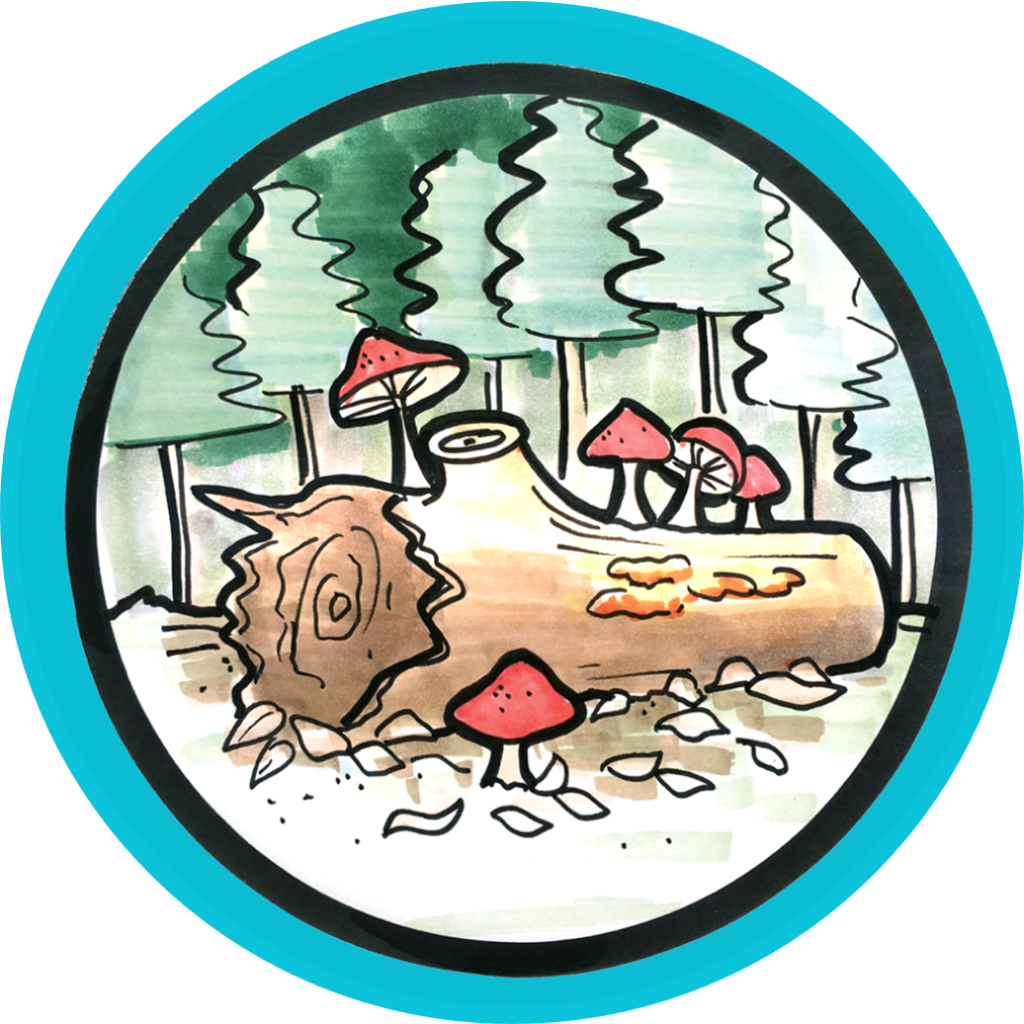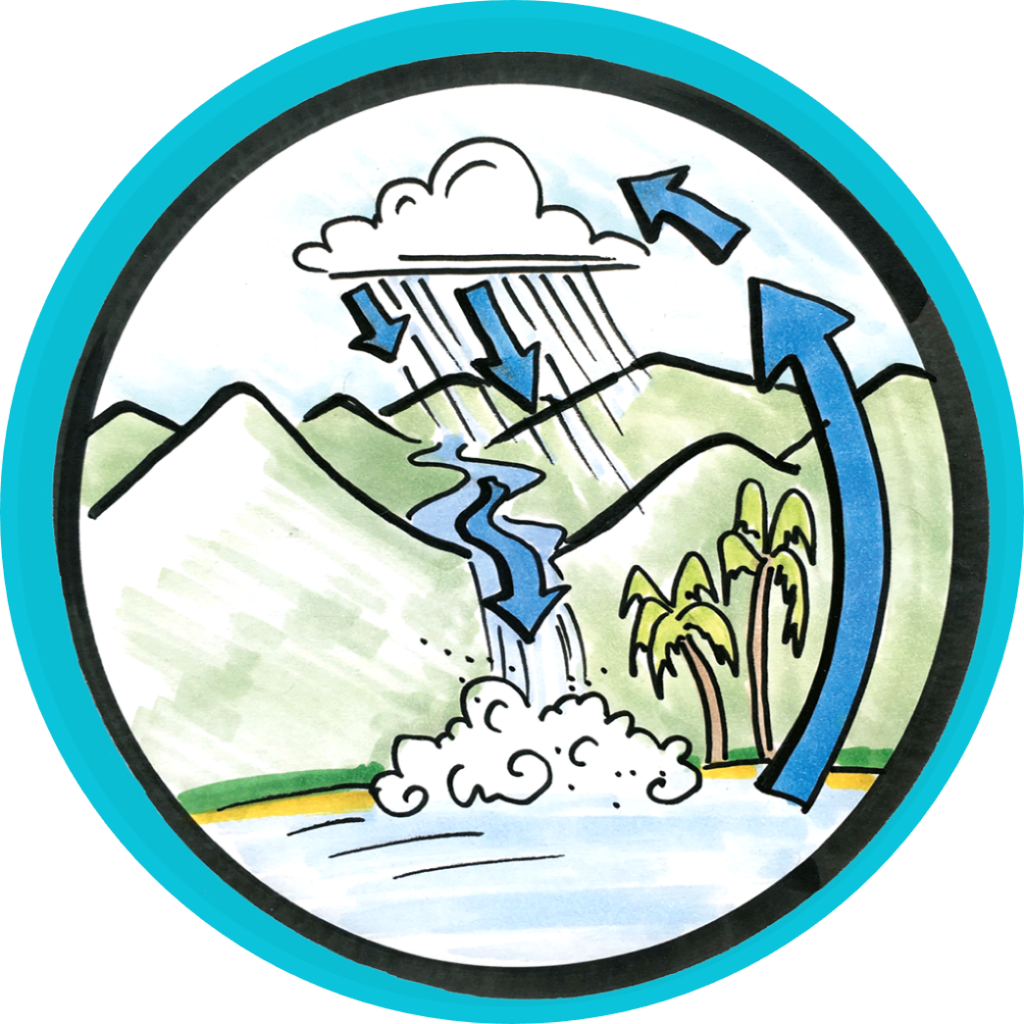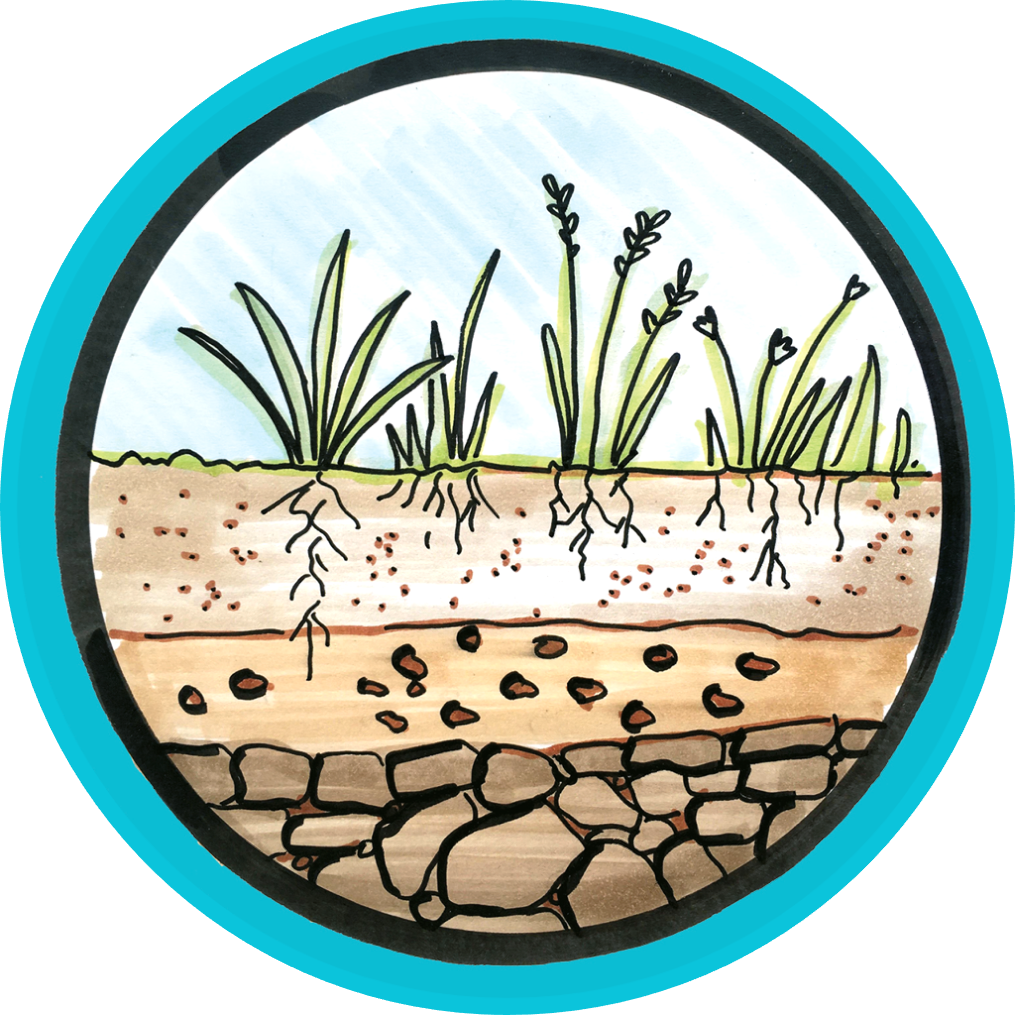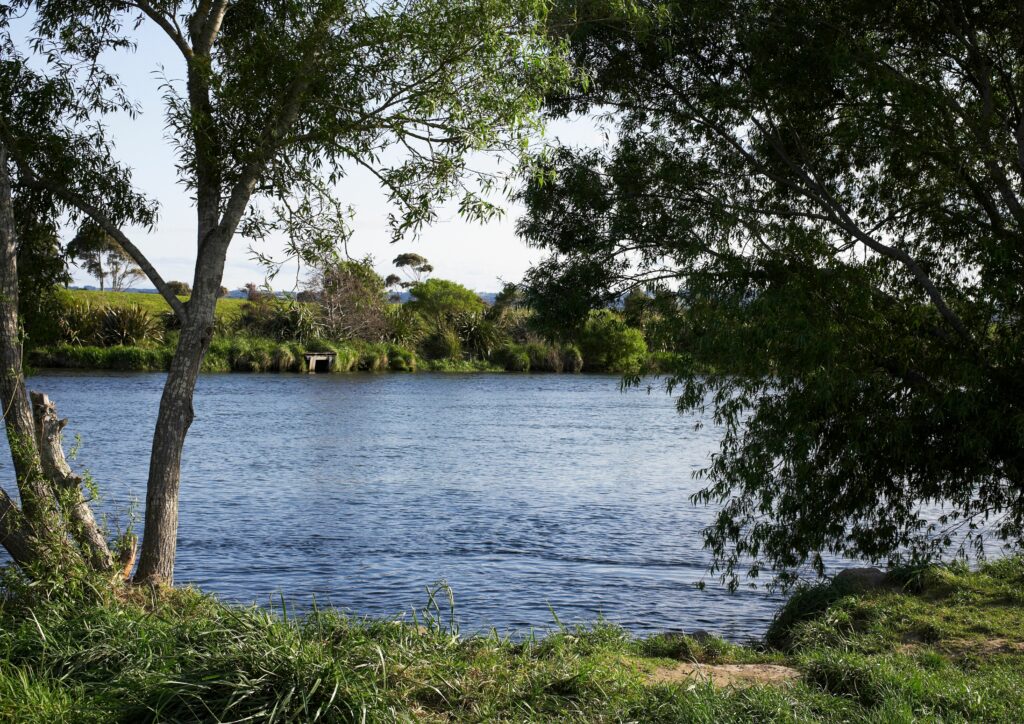
Habitat creation and maintenance
Ecosystems provide different habitats that can be essential for a species’ life cycle. Habitats provide the necessary ecological conditions that an individual plant or animal needs to survive, including food, water, and shelter. One example is the tropical coral reef ecosystem, which provides a dynamic underwater environment for fish, invertebrates and other crustaceans with food, shelter and a hiding place against predators.





